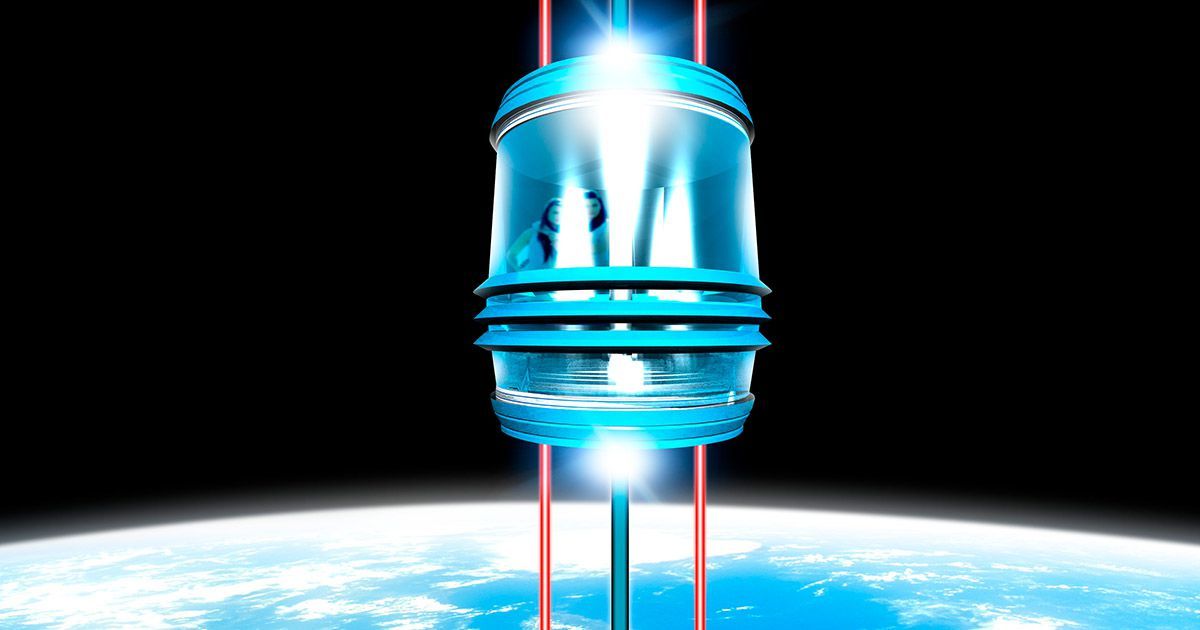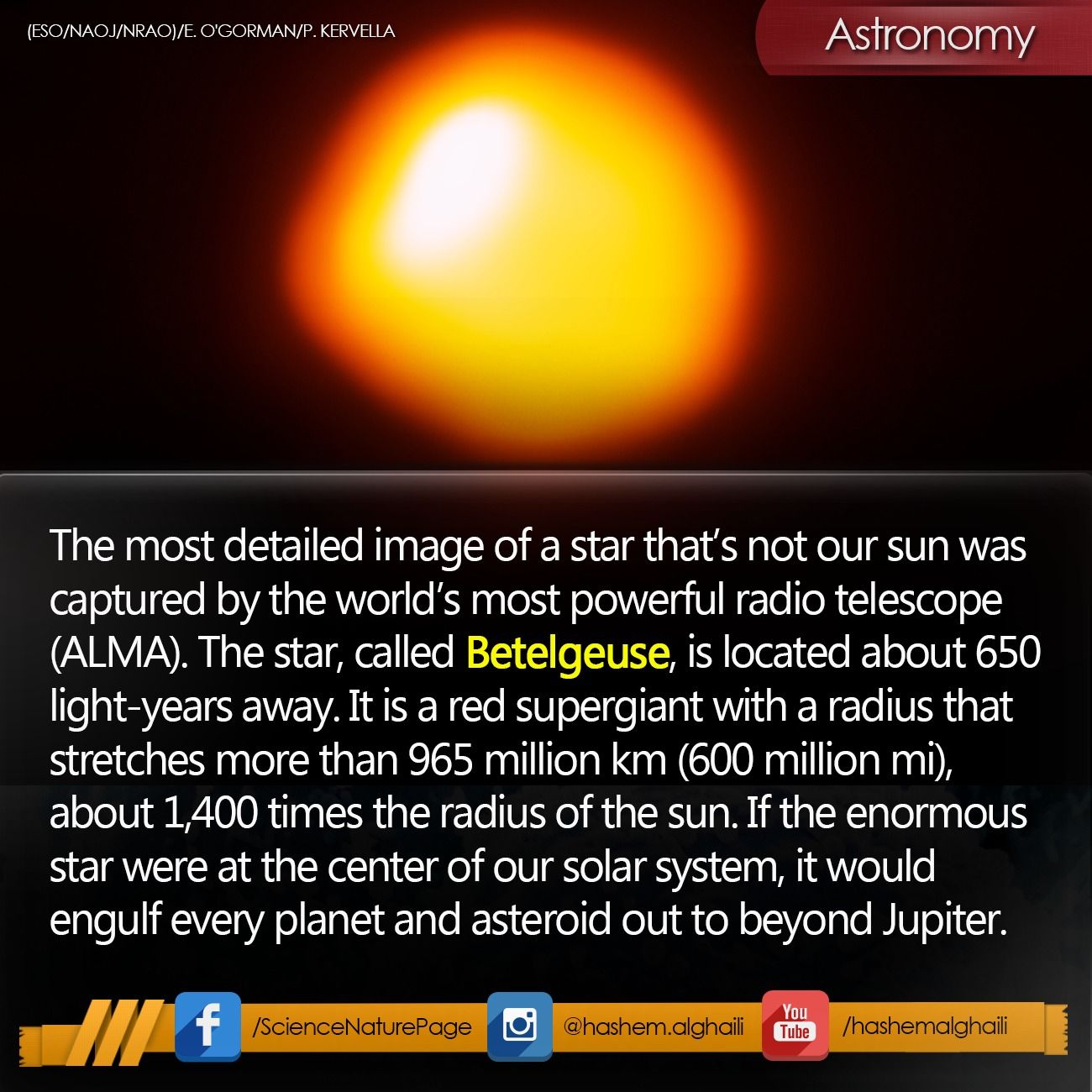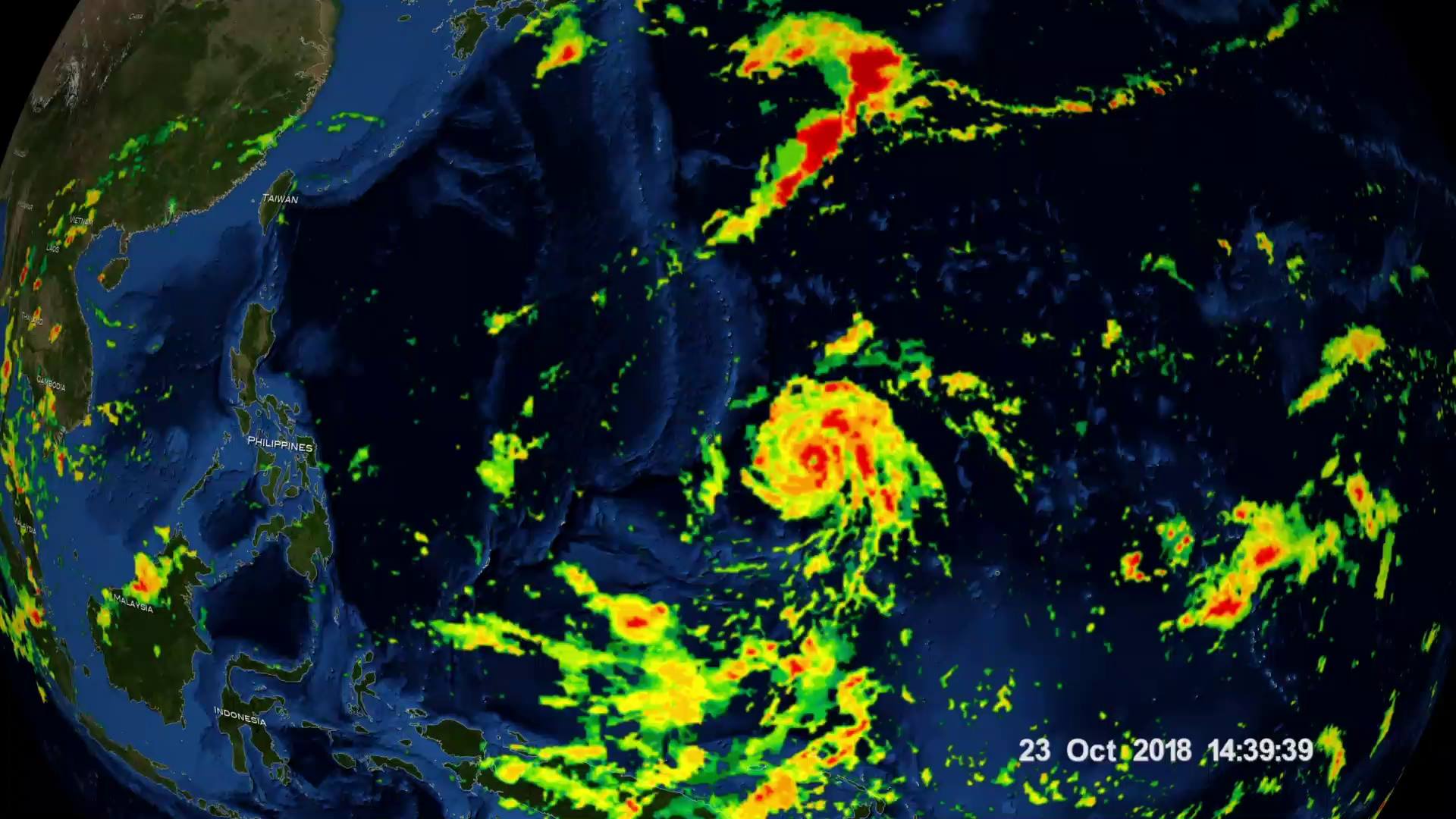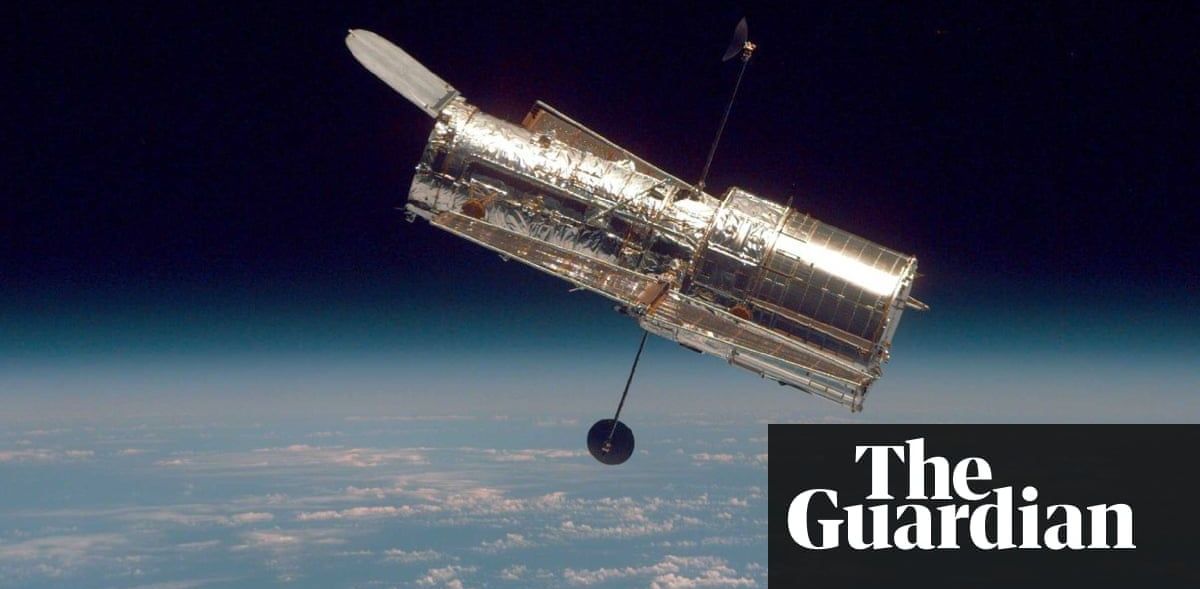Archive for the ‘space’ category: Page 830
Oct 28, 2018
How BrainNet Enabled 3 People to Directly Transmit Thoughts
Posted by Alexandros El in categories: internet, neuroscience, space
For a remarkably social species, we’re not particularly effective communicators.
Finding the right words to clearly, efficient transmit our thoughts to another consciousness—even something as simple as driving directions—can be a challenge, especially in-the-moment and under pressure.
What if we could do away with words altogether? What if, rather than relying on an intermediary, we could directly transmit our thoughts through a digital, internet-like space into another mind?
Continue reading “How BrainNet Enabled 3 People to Directly Transmit Thoughts” »
Oct 28, 2018
China’s 1st private rocket fails after launch
Posted by Michael Lance in category: space
Made in…?
The first attempt by a private Chinese company to send a rocket into space has failed.
Oct 28, 2018
Scientists Say New Material Could Hold up an Actual Space Elevator
Posted by Michael Lance in categories: materials, space
Oct 28, 2018
Ice-Filled Lava Tubes On The Moon Could Aid Astronauts
Posted by Michael Lance in category: space
Oct 27, 2018
Why Don’t We Put A Space Telescope On The Moon?
Posted by Michael Lance in category: space
It’s a great ambition of science enthusiasts all over the globe. It’s also a terrible idea.
Oct 27, 2018
Zero Gravity Causes Worrisome Changes In Astronauts’ Brains
Posted by Michael Lance in categories: neuroscience, space
It might just be a weird quirk of microgravity.
One more challenge to surviving in outer space.
Telescope close to restarting operations after being put out of action by gyroscope failure.

















